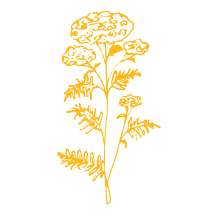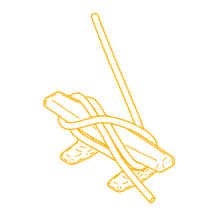
We have something to learn from mushrooms.
There are no poisonous animals in Maine, but there are toxic mushrooms, most notably the Destroying Angel.
Benign-looking enough with its rounded white cap, the Destroying Angel (a single name applied to several closely related species) can be deadly. According to one first-hand account, intense nausea and diarrhea comes on hours after ingesting the mushroom. Its toxins wreak havoc on the body, often leading to death from liver and kidney failure after several painful days.
Not a pretty outcome.
But the Destroying Angel is not all bad.
Like all mushrooms, it survives by absorbing organic material such as plant or animal matter. Distinct from plants and animals, it belongs to the fungi kingdom. In recent decades, fungi have received increased attention for their fascinating role in the natural world—including having a symbiotic relationship with trees.
In our own Boothbay woods, the Destroying Angel (according to an article in the Maine Coast Heritage Trust website) “gives a tree phosphorus, nitrogen, and other essential micronutrients while the tree gives the fungus sugars they create during photosynthesis. Without each other, the tree and the fungus won’t grow well and often don’t grow at all.”
Destroying Angels are common, and some would say lovely to look at: with tall stalks and domed caps, they are elegant to behold. And yet, every part of the mushroom is rich in deadly amatoxin—their moniker is fitting.
Why evolve to be so poisonous?
The mushroom’s life primarily takes place underground, with the sprouts serving the purpose of dispersing spores for further mushroom growth. Scientists believe the fungus’ toxicity is a consequence of this reproductive adaptation: if the mushrooms are eaten, spores do not spread.
No simpler way to avoid being eaten than being deadly.
Left alone—doing their symbiotic work with trees, appearing ever so picturesque—Destroying Angels are anything but destructive. All they seem to want (from an evolutionary perspective) is to be left alone.
We might have something to learn from the Destroying Angel: before violating the sanctity of another’s liberty or autonomy, we might pause to think through the possible negative consequences of doing so.




